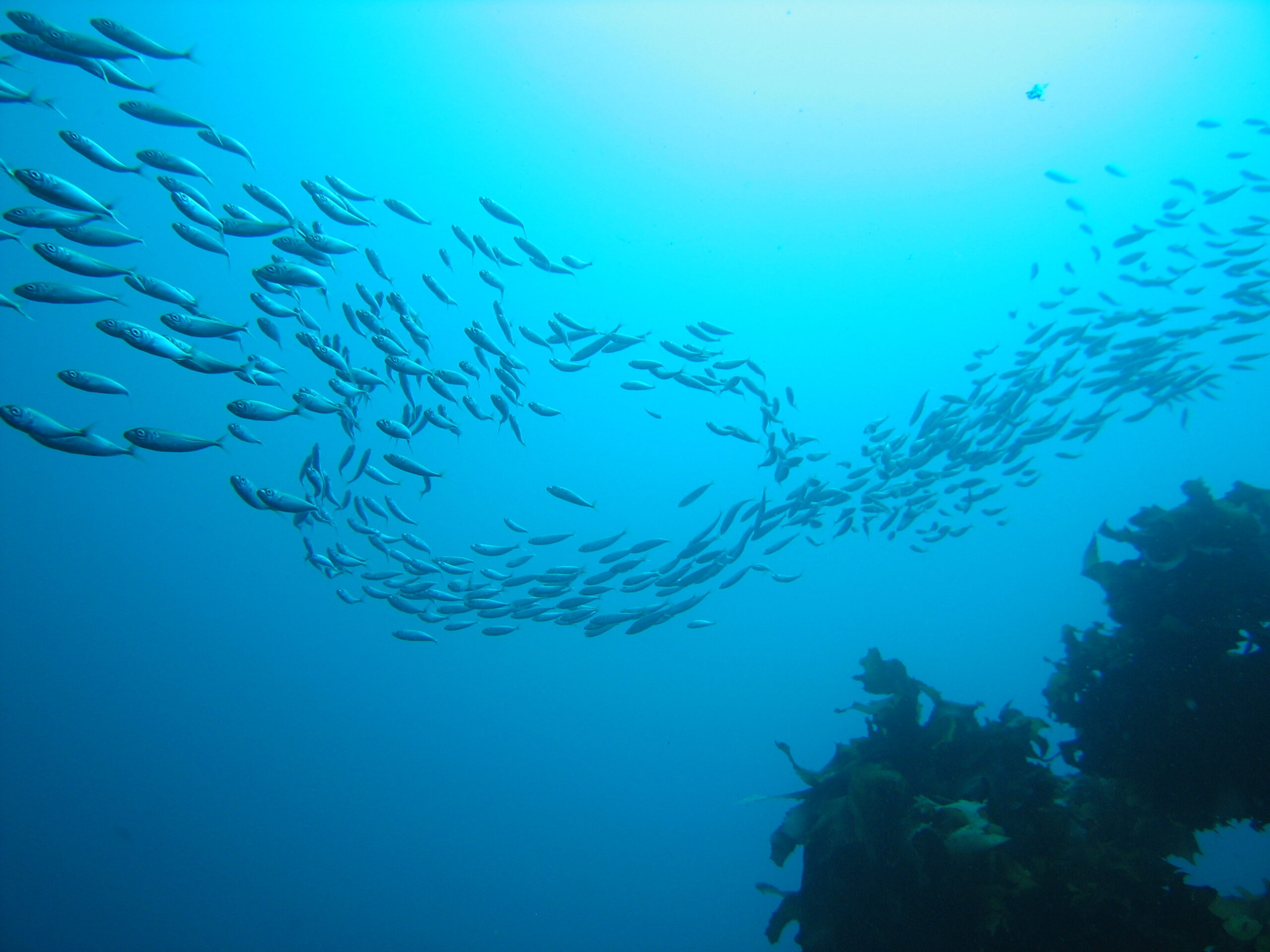Locomotion is crucial to many aspects of animal behavior, including reproduction, feeding, and migration. Consequently, numerous species have developed adaptations to enhance their mobility. In this study, Zhang and colleagues introduce the “turbulent sheltering hypothesis,” which posits that fish swimming in schools can protect each other from disruptive water currents, thereby facilitating easier navigation through rough waters.
To evaluate this hypothesis, the researchers conducted trials with giant danios (Devario aeqipinnatus), observing their swimming behavior both individually and in groups of eight, in both turbulent and steady water conditions. Using high-speed cameras, the researchers meticulously tracked the fish movements, while a respirometer measured their respiration rates and energy expenditure.
The trials demonstrated that fish swimming in schools used up to 79% less energy in turbulent water compared to those swimming alone. Additionally, schooling fish clustered more closely together in turbulent water, whereas solitary fish had to vigorously beat their tails to maintain speed in such conditions.
These findings support the “turbulence sheltering hypothesis,” suggesting that increased locomotion efficiency may be a significant factor driving the evolution of schooling behavior. This insight is valuable for understanding fish ecology and hydrodynamics and could inform the design and maintenance of habitats to support protected fish species or control invasive ones. The authors suggest that future studies could expand on these findings to explore the energy dynamics of group movements in other aquatic or aerial animals.
The authors conclude, “What is the function of schooling behavior in fishes? We demonstrate that being in a school significantly reduces the energetic cost for fish swimming in a turbulent environment compared to swimming alone, supporting the hypothesis that schooling behavior shields individual fish from the increased energetic cost associated with swimming in turbulence.”
